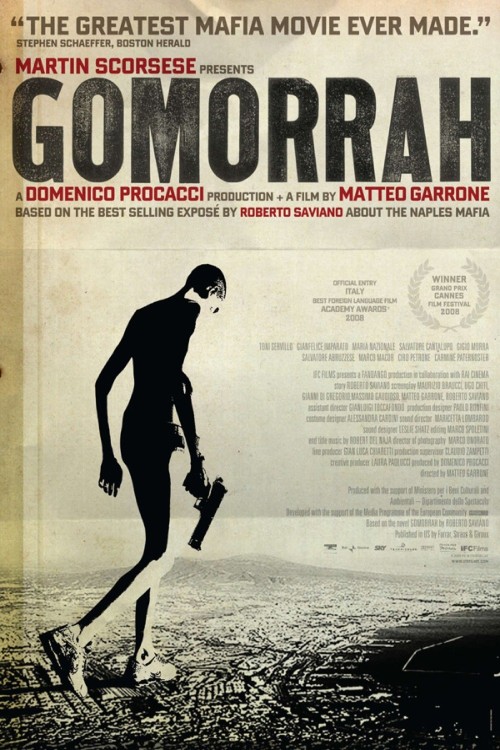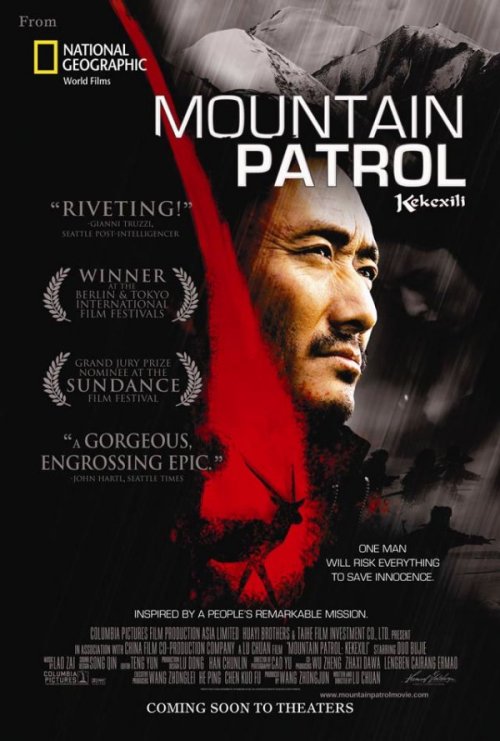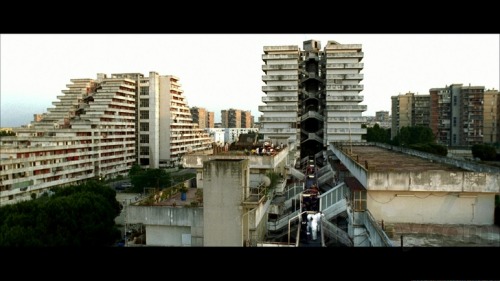Kekexili, which depicts events in the Xinjiang Autonomous Region of Tibet, has drawn criticism for portraying the Chinese government as a benign authority. (See here and here for more information.) The director attracted similar comments of fulfilling Chinese propaganda aims with his masterful movie about the Rape of Nanking, City of Life and Death.
Roberto Saviano, the author of the vital muckraking work upon which Gommora is based, is still under police protection since publication of the book, which exposes the worldwide reach of the Camorra mafia and the stranglehold it maintains in and around Naples.
Though events in the plot may be as unforgiving as the mountainous landscape, Kekexili makes gritty heroes out of the Tibetans who give up their time and lives in order to save the Tibetan antelope from poachers. There is much less Hollywood-esque heroism in Gomorra, where the compromises and hypocrisies reach further into even the most well-intentioned person’s actions. The apartment structure at the center of the intertwining stories looms as an ominous structure of community decay.
Some have found Gomorra too bleak and overpopulated with characters to maintain interest, while one romantic subplot in Kekexili halts that film’s otherwise expert control of pace. Chuan also admitted that he could not find a satisfying answer amongst research notes and interviewees for why the protagonists are so committed to their task.
Kekexili’s cinematography brings forth all the color and majesty of the Tibetan highlands, pulling in tighter for character moments and very polished in its overall style. Gommora’s visuals tend towards desaturation in its more intimate and immediate look. The many accounts of Saviano’s book are distilled into several storylines connected by neighborhood and Camorra entanglement. A Chinese connection even appears with one clothes factory plot. “These Chinese know how to cook,” says one surprised Italian character, whose attitude towards the foreigners grows more amicable after food and work. Mealtime also establishes a deeper connection between the Chinese reporter and the Tibetan protagonists of Kekexili, but this a universal trope that can be found in films from any country.
What these films share most in common is a potent and damning critique of how increased worldwide demand for goods is met through pervasive exploitation- of Tibetans as well as the endangered antelope species in Kekexili and the people of an entire region in Gomorra. None of the characters in these films ever have the chance to witness escape from these situations, though hope may be given to the audience through post-movie research or concluding on-screen text.








